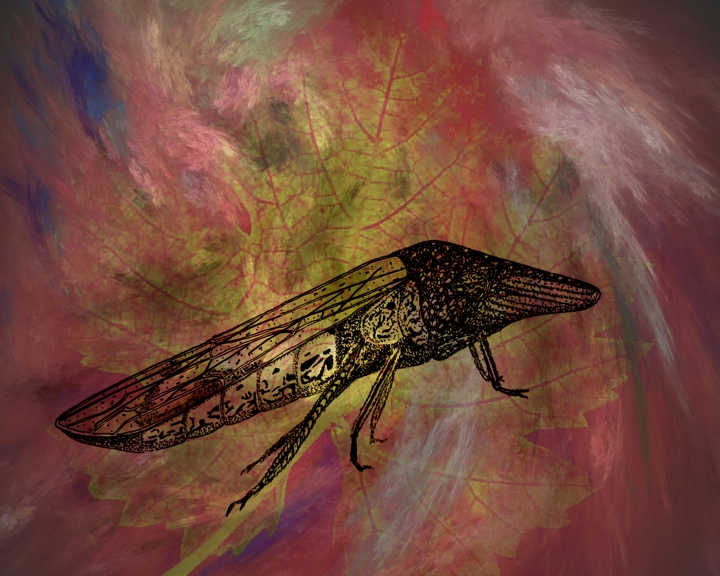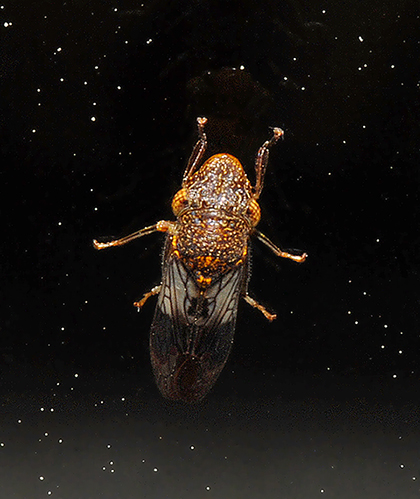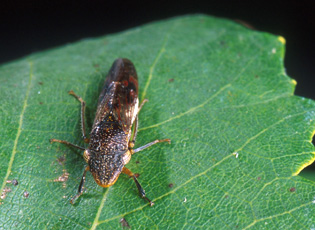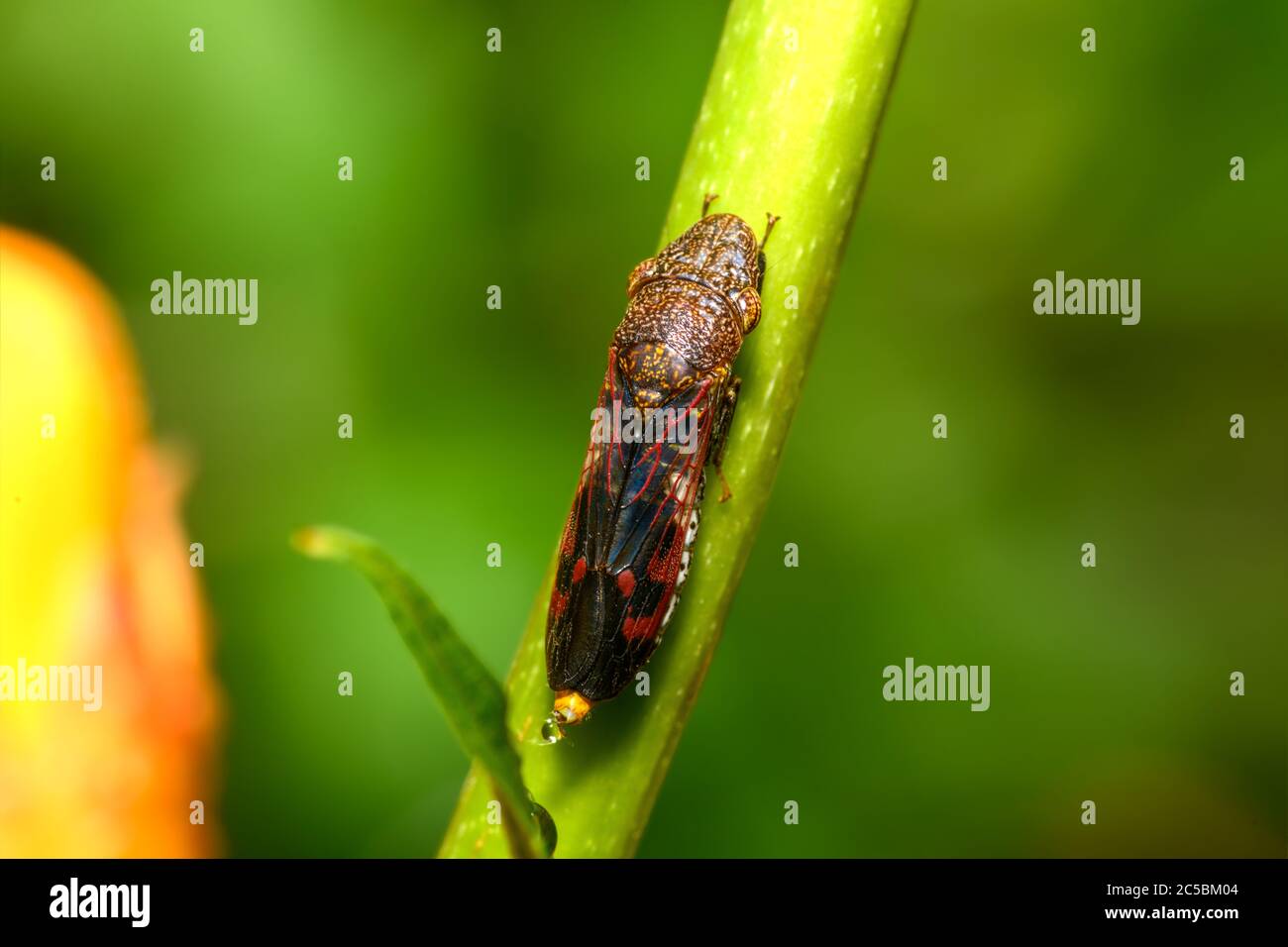
When the sharpshooter feeds on successive plants, the bacteria and the diseases they cause, are also transferred. As they feed on plants infected with the Xylella fastidiosa bacteria, the bacteria begin reproducing within the insects mouthparts. The glassy-winged sharpshooter ( Homalodisca vitripennis ), like other sharpshooters, are sap-sucking insects. What’s worse, as these pests feed, the bacteria they carry is injected into the plants!ĭiseases carried by glassy-winged sharpshooters This means most of the fruit and nut trees in your garden or landscape are susceptible to these pests. These plants include grapes, citrus trees, and stone fruits. Scientists estimate that there are over 700 different types of plants used by sharpshooters as food. Heavy feeding on new, small plants can cause wilting. While sharpshooter feeding is not a serious threat to healthy host plants, these insects carry many diseases, and their excrement forms a coating on leaves that looks like whitewash and falls on cars below. These nymphs will molt several times before reaching adulthood. This coating and the nearby leaf tissue turn brown after the eggs hatch and the nymphs use their piercing mouth parts to suck sugary sap from the xylem. The wings are clear with reddish veins and spines can be seen on the hind legs, if you look closely.Ĭlusters of white eggs are laid on the underside of leaves and then covered with a white, powdery coating, called a brochosome. Glassy-winged sharpshooters tend to be 1/2 inch long and dark, shiny brown above, and yellow underneath. Any queries (other than missing content) should be directed to the corresponding author for the article.Sharpshooters are a type of leafhopper. Please note: The publisher is not responsible for the content or functionality of any supporting information supplied by the authors. At 8 s into the video the white noise begins, the GWSS signals from 12 to 15 s during the video as noted by abdominal vibrations, not sound. The black abdomen of a glassy-winged sharpshooter (GWSS) can be seen on the stem with a horizontal orientation on the left one-third of the screen. Mean (± SE) call duration (s) for each 15-min time period before, during, and after treatment. White noise was played at a level that was higher than the main harmonics used in GWSS signal (arrows).įigure S2. Frequency analysis comparing the intensity levels of white noise to a natural glassy-winged sharpshooter (GWSS) female call.


Results highlight how GWSS responds to differing competitive disturbances in the environment and lays important ground work that possibly could be used to develop pesticide-free control methods.įigure S1. Additionally, one-third of the females signaled within 1 s after cessation of white noise, and significantly more in the time periods following noise termination. After the first playback, almost two-thirds of females signaled a response within 3 s. In response to playback of female signals, females signaled (duet-like) more often than females tested in the absence of playback.

Furthermore, to begin to determine the mechanism underlying playback control, female signaling activity was recorded in the presence of stimuli.

Playback of white noise, pre-recorded female signals, and artificial female noise (continuously overlapping female signals) significantly reduced mating of GWSS when compared to silent control mating trials. Because GWSS is a major pest, transmitting the plant pathogenic bacterium Xylella fastidiosa Wells et al., interruption of communication is a possible avenue for control. Glassy-winged sharpshooters (GWSS), Homalodisca vitripennis (Germar) (Hemiptera: Cicadellidae), primarily use vibrational signaling for courtship communication. Animal communication is a complex behavior that is influenced by abiotic and biotic factors of the environment.


 0 kommentar(er)
0 kommentar(er)
